Live Aussie sport is ripping us off: The five key lessons learnt from a US sporting pilgrimage
Aussie sports fans have been getting ripped off for far too long and it’s time for Australia’s sports administrators to finally make a change.
Sport
Don't miss out on the headlines from Sport. Followed categories will be added to My News.
COMMENT
For years empty stadiums, lacklustre food and a preference to watch live games from our living rooms have become the norm for Aussie sports fans, but a look abroad shows that doesn’t have to be the case.
As a self-proclaimed diehard sports fanatic I rarely miss an NRL or AFL game and regularly get up at ungodly hours of the night to sink my teeth into the English Premier League or F1.
Watch the biggest Aussie sports & the best from overseas LIVE on Kayo Sports | New to Kayo? Get your first month for just $1. Limited time offer.
And any time I watch an overseas sport, the atmosphere, camaraderie, fanfare and overall experience appear at least on the surface to be far better than what we have Down Under.
As years have gone by while I still watch almost every match of Australia’s two major sports, I go to fewer games and when I do make the trek I find myself increasingly frustrated by the facilities and fan experience.
Meanwhile, the advancements in broadcasting make my loungeroom chair for a Sunday afternoon footy fest all the more enticing than overpriced meat pies and sitting in the nose bleeds.
So in a recent break from the sporting chaos, as I was waiting for Australia’s tour of Sri Lanka and missed my weekends full of NRL and AFL, I tuned into college football in America.
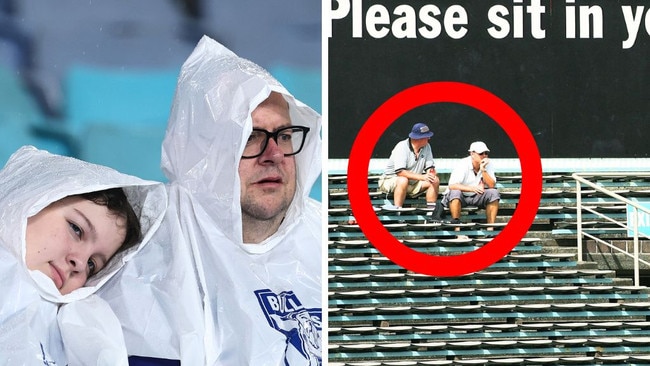
American football has always been a bit of a struggle for me to get into personally due to the fact the ball is in play for under 12 minutes a match.
However, for US fans they always seem engaged and the absolute hysteria that goes along with it intrigued me. So I recently took a trip to the City of Angels, Los Angeles, to find out what the NRL, AFL and other Australian sporting codes can learn from their American counterpart.
And after a brief sporting pilgrimage through LA, I have identified five key areas that Aussie sporting codes can improve on to transform the fan experience, because my main finding is the current Australian sporting product simply is not good enough.
1. Australian sporting codes need to adopt a better review system to fix blunders and make a better viewing spectacle
After a brief foray into the US and a handful of tours and games watched I am convinced the worst thing you can do as an Australian sports lover is go to any sports game in the States.
From transport, to dining, to the viewing experience, it is a different experience entirely and is one that actually makes you feel like a valued sports consumer.
But the standout of the whole experience was just how good the review process is abroad.
For the NFL, NHL, NBA and rugby, the footage for reviews is broadcast in HD on the big screens.
This also allows for the decisions to be made clearly and quickly as the vision clearly captures every detail.
Compare it to the AFL, where the best we can get for goal reviews is three angles that look like they were captured on an old flip phone.
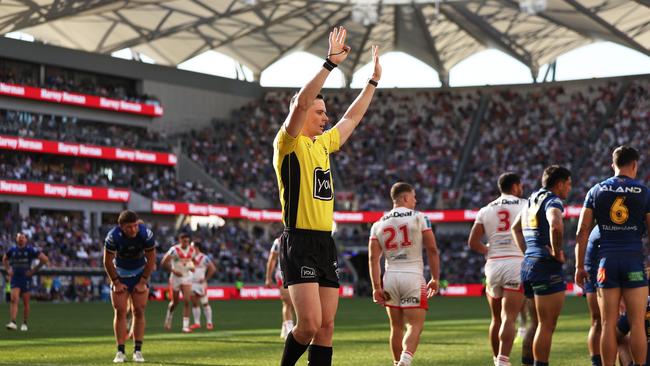
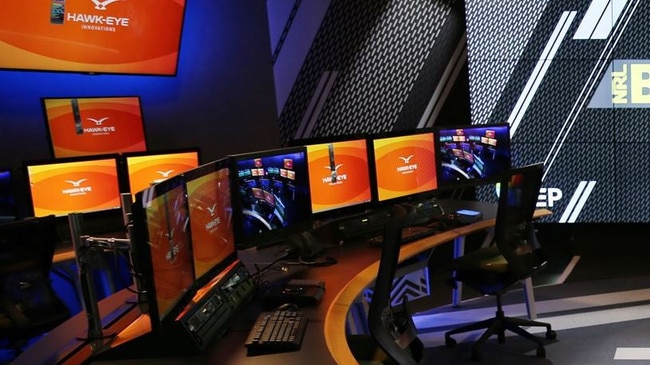
The reason the video review systems in American sports are so far superior to those of Australia is due to their cutting-edge technology, swift and consistent decision-making and high levels of transparency that keep fans informed and remove the grey area.
As a fan, it was such a relief to see reviews almost always taking under 30 seconds, with play quickly getting restarted promptly and a distinct lack of conjecture from fans over whether it should have been a try, goal, basket or knock on as fans see the same angles as the review official and they talk through the decision in real-time.
A perfect example of this was at the LA Rugby Sevens.
The Sevens – which is held in LA each year – had a simple review system that meant fans had to wait only seconds not minutes for a decision to be made, as clear footage of the reviewed incident was beamed onto several big screens.
At the heart of Rugby Sevens’ superior review system is its clarity and speed. The sport’s fast-paced nature demands a review process that is swift and decisive and that it is.

It is the opposite of what we have in the NRL and AFL, where it is anything but clear and conjecture between fans is rife, with supporters often left disputing the final decision hours if not days later.
It also has time limits for reviews and ensures the excitement of the game isn’t lost.
So as Australian sports fans demand greater accuracy and transparency a simple investment in its video technology would do wonders for the game, not only by stamping out officiating uncertainty but providing quick, efficient and correct decisions that leave fans talking about the incredible try, tackle or last minute field goal instead of bunker blunders.
2. Australian sports must create a before, during and after experience where the match is just the main course
While the need to enhance our video replay system is a fairly easy fix, other glaring flaws in Australian sporting codes will take several years or decades to properly introduce.
The first main issue that becomes incredibly obvious with a trip to the States is the lack of an experience factor at Aussie sporting matches.
American sports events are best described as a theatrical production.
Fan experience is everything in the US, from comfortable seating, an abundance of amenities and food and drinks stations to interactive buttons on seats for mini-games during breaks of play, no fan is ever bored.
From the moment you get within walking distance of the stadium on game day, there is an electric atmosphere.
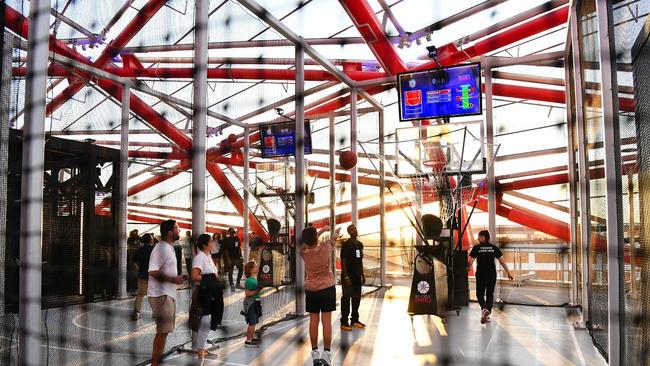
With live music, chanting fans and pubs and restaurants full of punters before and after the game, the match itself is simply the main course of a complete product.
Once the game is underway things go up tenfold.
From the moment you get to your seat, it is almost a sensory overload with cheerleaders, mascots, interactive fan zones, infectious energy and massive screen displays that incorporate interactive elements such as fan competitions, interviews and dynamic replays to ensure you are always engaged.
A perfect example of this is LA’s Intuit Dome, the home of the LA Clippers.
A large Halo Board during time outs and breaks in play get fans involved with various questions and games.
Each seat in the arena has buttons on every seat in a similar placement as the X, A, B, and Y on an Xbox controller.
Games such as “The Mentalist”, a colour-guessing activity see fans going head-to-head to try and correctly guess the next colour to pop up.
After each selection fans who guessed incorrectly are eliminated, with the light on each seat indicating who is still alive.
In the end, the winner of the final round, which is won by picking the right colour the fastest, wins a prize.
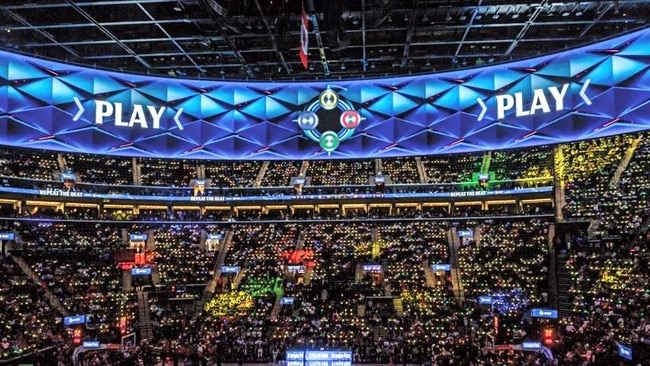
Games such as this are fun, interactive and provide a unique experience while also keeping spectators interested while there is a break in play.
Technology also plays a vital role in food and drinks being delivered to the seat, meaning no more 30-minute queues that result in you missing the first try after halftime.
After the game is over, the fun doesn’t stop. Meet-and-greets, autograph sessions and fan zones allow for more fun and interaction.
If this was the case in Australia it would stop the hoards of people sprinting from the stadium so they can get to their car or public transport in a bid to escape hour-long traffic deadlocks.
It is safe to say though in the US every part of the fan’s experience is planned out and that conscious effort by stadiums and teams makes you feel part of the action.
It was a point perfectly encapsulated by Senior Vice President and head of Operations at Sofi Stadium, Otto Benedict, who told news.com.au that there wasn’t a single part of the stadium built without a particular purpose in mind.

The Sofi experience from the time fans walk up to the gates is carefully curated to build anticipation and excitement, something Benedict explained was the key vision of Stanley Kroenke – American billionaire real estate magnate and Los Angeles Rams owner.
“From the start of the process of a new stadium the plan was to have it in the entertainment district, with the YouTube theatre next to it and to build around that,” Benedict told news.com.au.
“This deliberate layout ensures that fans encounter various opportunities for pre-game entertainment, from dining and shopping to tailgate-style events, all leading them towards the stadium.”
Sofi stadium is also uniquely built into the ground, due to flight path restrictions, but it gives those entering on levels five and six a unique and breathtaking view of the pitch below which further fuels initial excitement.
During the game, SoFi Stadium’s cutting-edge technology both connects with and excites fans.
“We want to create moments that you want to take a picture of, want to be able to upload and say, I am in this experience, I’m doing this thing here,” Benedict said.
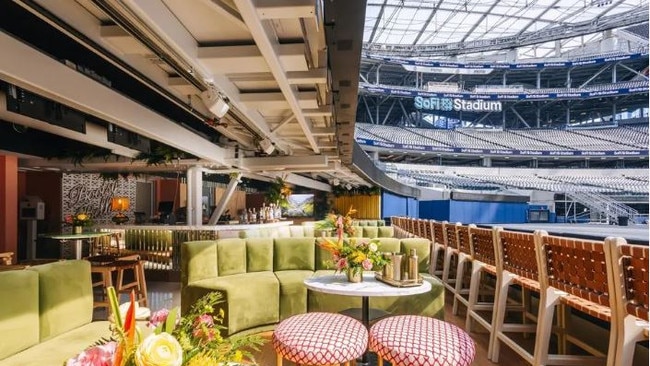
To ensure that is possible the stadium has immense cellular and Wi-Fi infrastructure, ensuring seamless social media sharing in a matter of seconds.
But the focal point of the stadium is its Infinity Screen, the world’s largest and most advanced LED screen used in sports and entertainment, featuring a double-sided display covering 6,000 square metres.
Weighing just under a million kilograms and boasting over a million pixels of true 4K LED, it creates a one-of-a-kind viewing experience.
Benedict explained the screen – which can be seen from every seat in the stadium – incorporates production elements not possible on traditional flat scoreboards and allows for diverse views and inputs that captivate and engage the audience throughout the event.
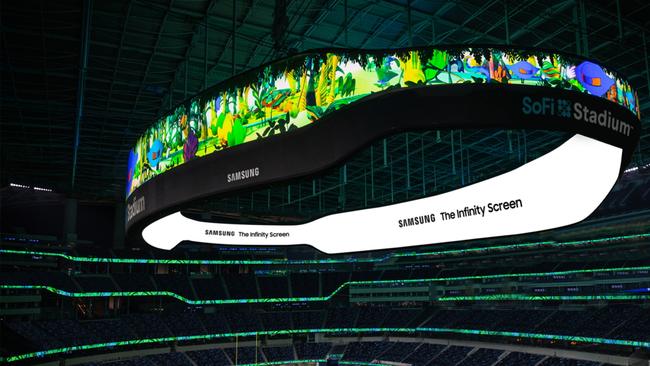
But beyond the technology, the stadium also offers a wide array of food and beverage options that cater to all.
“We built a food program so that it was not the traditional model that you see in other stadiums,” Benedict continued.
“From gourmet burgers and street food-inspired tacos and nachos to classic stadium food like hot dogs and pizza, Sofi caters to diverse tastes, with each level offering a different option and also providing something to those who want a more premium experience.”
The location of the stadium at the heart of the LA entertainment district also allows fans to continue their night after the game.
This also allows for those even without tickets to share in the excitement, while the proximity of the retail district and venues like the YouTube Theatre and the Cosm allow for the celebrations and atmosphere to continue well beyond full time.
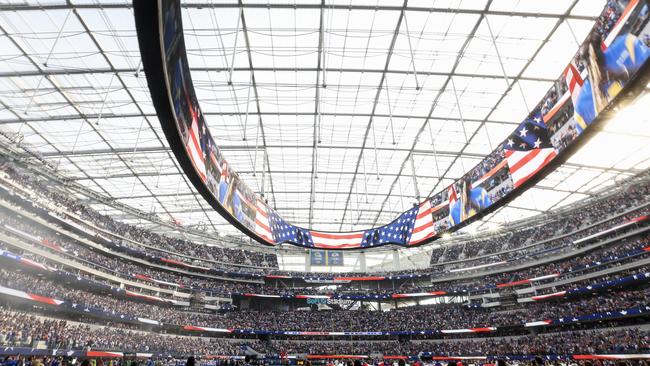
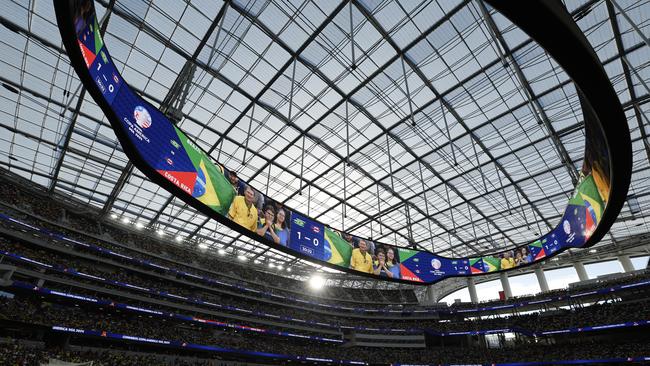
3-Create an alternative place for fans to gather to watch games
One of the things LA does that makes sense is creating alternate viewing locations for fans who either can’t afford tickets or for those who can’t travel for away games but still want to be part of the local fandom.
And the latter is why Cosm LA is such a unique and wonderful experience.
The Cosm gives fans an alternative viewing experience for away games and a spot to watch sports from around the world that simply are impractical to get to live.
Opened in 2024 and adjacent to SoFi Stadium and the Intuit Dome, the Cosm doesn’t host live sports, instead it broadcasts them on a massive, high-resolution LED dome screen (26.5m in diameter).
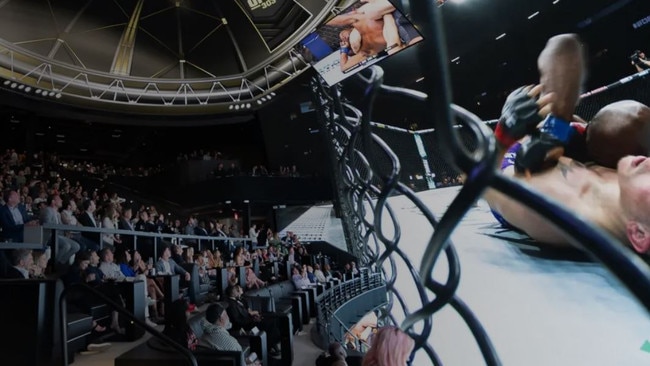
This allows viewers to feel like they are physically present at the event and like they are sitting in the second row, even if they are in reality in a completely different country.
Several cameras located at each sporting event transports fans to feel like they are pitch side at a Premier League match, the 50-yard line of an NFL match, courtside at an NBA game or in the coach’s corner at a UFC fight.
Where this is a game-changer though is for fans who don’t have the money or ability to travel to away games.
So for Clippers and Lakers away games the Cosm is pumping with fans watching on like they are courtside while their team is across the country, celebrating each basket and enjoying the experience beside diehard like-minded fans.
Something like this in Australia would be an absolute game-changer.
Imagine watching a State of Origin game in the heart of Sydney, while the Blues tackle Suncorp Stadium.
Each roar from the crowd surrounds you and each bone-jarring tackle you can hear and feel like you are in the front row.
And when Latrell Mitchell crashes over in the corner to win the game for the Blues you look him in the eyes as you cheer and celebrate with him.
Watching a match at the pub with family and friends is great but feeling like you are there is not something that Australia has been able to replicate as yet.
While challenges like securing broadcast rights would undoubtedly prove difficult, the potential to revolutionise how Australians experience footy is something worth pursuing.
For home games, those who don’t have or can’t afford tickets head to local pubs or to a public viewing party in local parks.
These council events often include food stalls, live entertainment, and activities allowing fans on a budget to have a sense of community among their fellow fan without the financial burden of attending the live match.
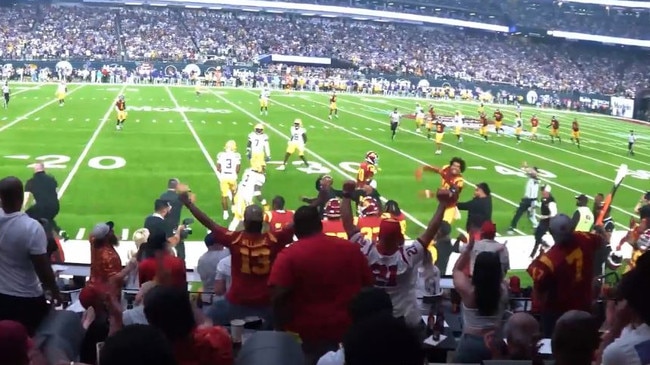
But if you want to be closer to the action, that also is possible with several stadiums carving out specialised spaces for fans to congregate, before, during and after the games, even for those who don’t have tickets.
This is perfectly encapsulated by the Intuit Dome, where before and after games there are fan events set up on their plaza.
For example, for the LA Clippers’ final home game of this season, they held a fan appreciation night where there was face painting, photo opportunities and more on the plaza.
They also have a basketball court with several hoops set up and balls for fans to have a friendly shootaround and talk about the game ahead or debrief about what went wrong post-match.
In Australia pre-game it is a battle for a parking spot and post-match it is a race for the exit, with no or very limited post-game entertainment.
It is clear there is a lot more that stadiums and sports Down Under can do to enhance the fan experience and get butts in seats.
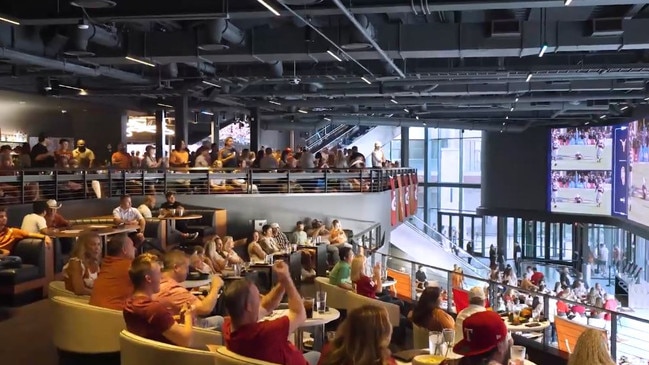
4- Make university sport something players are proud to compete in and make them big spectacles
Another major difference between the Australian sporting landscape to America’s is the focus on university (college) sports.
In the States, there is as much fanfare around many college sports as there is about the top leagues in the country.
College Football games get bumper crowds, filling out rocking stadiums, whereas in Australia many couldn’t tell you if their university even had a sports team and almost certainly couldn’t name a player in the team.
In Australia developing a better pathway between top league sports such as NRL, AFL and the A-League would be a great place to start, which would create a pathway to becoming a professional.
And luckily for any Australian sport willing to invest in doing so, there is a clear blueprint they can follow.
The NRL and AFL could greatly benefit from establishing similar pathway programs to that of College Football and the NFL, bridging the gap between grassroots, university and professional levels.
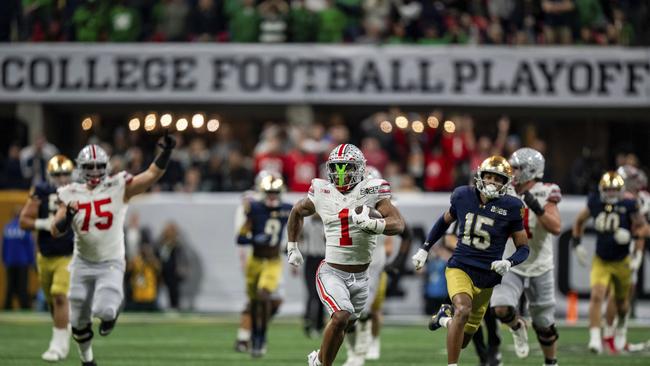
By creating a structured system where young promising athletes can progress through junior leagues, state competitions, and eventually to the top-tier leagues, fans will also be inherently more engaged and interested in their classmate, local club junior or friend’s journey from a no-name to a university sports hero to a household name.
Not only does this engage fans but it also promotes a stronger talent pool.
Pathways through universities and colleges can serve as a breeding ground for future superstars, offering them training and more importantly a platform to gain sponsors.
A perfect example to follow is that of the USC Trojans football team.
The Los Angeles Memorial Coliseum – where the USC Trojans play – is not only huge but the atmosphere created by the attendance is breathtaking.
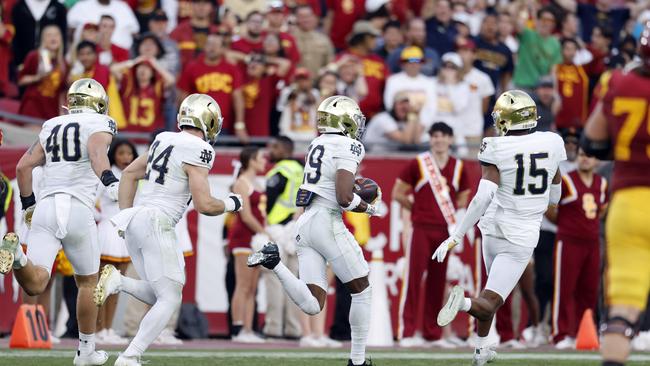
Beyond the on-field action, the Coliseum offers a tangible connection to the past, having hosted countless historic events, including two Olympic Games and a Super Bowl.
“The Los Angeles Memorial Coliseum is a longstanding 102-year-old central pillar of the Los Angeles community,” Marina Foté, Asst. to the GM, Publicity, & Special Projects at the LA Coliseum told news.com.au.
“The venue is a National Historic Landmark, and boasts an extraordinary track record of legendary entertainment and athletic competition. Beyond this, it is a central place that has always connected the LA community.”

That community engagement is what is central to the college football and basketball scene in the US and is something Australia can look to replicate.
Creating a sense of pride and community around university sports in Australia, where such traditions may not be as entrenched is vital to growing the sports we love.
One way to potentially do this is by building strong narratives and traditions that resonate with students.
Universities can start this process by highlighting the unique aspects of their history, achievements, and values and creating a place for special athletes to be remembered.
Another key is to actively engage students in the sports experience, making them feel like integral parts of the team.
A good way to do this would be by giving away free tickets to students and encouraging them to come with food stalls and entertainment to create an almost party atmosphere and develop a sense of pride in their university.

5. The food experience is woeful and has to be improved
The final point ties into the first, Australian sports grounds need better food services.
As touched on in point two with Sofi Stadium, there are several choices to cater to various tastebuds and preferences available to the fan. But it isn’t just that stadium that does it.
Every single LA venue I visited boasted a diverse array of food options, catering to every taste and dietary preference.
And almost all had people walking around with food and snacks that you could buy without moving a muscle or that you could order delivered to your set.
From gourmet burgers to vegan dishes, to the classic hotdog and lemonade, the menus on offer were expansive.
Whereas Down Under the choice is do you want a $9 lukewarm pie or $16 chicken tenders?
Australian venues could take a page from the States and spice up their food offerings or at least make them more convenient so you don’t have a long wait in line to get food that tastes like it has been zapped in the microwave six times.
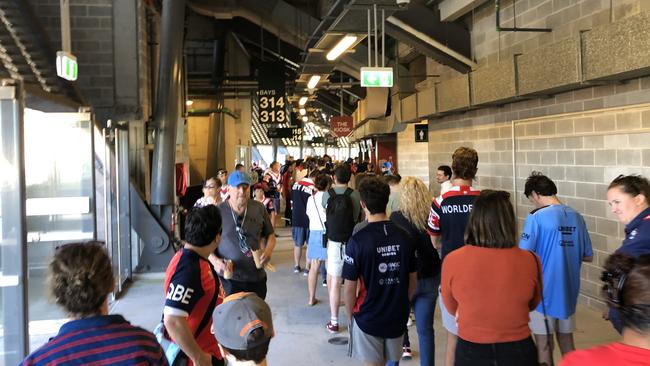
For those looking to head to LA for the World Cup and Olympics
With the World Cup heading to LA in 2026 and then the Olympics in 2028, there were a couple of other non-sport honourable mentions for the sports fan or tourist to check out. For more information on what to do and see when visiting the City of Angels, visit LA Tourism’s website here.
To see the city: Bikes and Hikes LA.
If you want to see LA in a day, forget the stuffy bus windows where you peep through tinted windows, Bikes and Hikes Los Angeles is the best way to see the city.
With an e-bike tour through the heart of the city, they get you right into the thick of it.
Whether you fancy pedalling along the beach, checking out downtown LA or just soaking up the sun on two wheels, they’ve got a tour to suit every kind of adventurer.
Their guides are also all locals who know the city like the back of their hand, so you’re not just seeing the sights, you’re getting the inside scoop.
To stay at: Hotel June in West LA
Hotel June in West LA gets my nod as a prime place to stay if you are coming for a major sporting event or just a holiday.
The hotel boasts a stylish, mid-century modern aesthetic that’s both calming and chic and their friendly staff are on hand to direct you to whatever you need.
The fact it is close to LAX is also a massive advantage, but so is the fact it is 10 minutes to the beach, half an hour to downtown LA and a short walk to a range of bars, eateries and clubs.
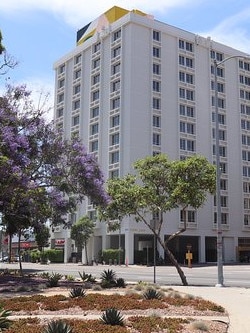

To dine out at: Que Barbaro restaurant
Que Barbaro, perched atop of the Moxy & AC Hotel in Downtown LA is a must if you are in downtown LA.
The restaurant is a vibrant, multi-sensory experience where chefs cook your food in front of you.
It is also just a short stroll from Crypto.com Arena so it is truly a fantastic pre or post-game dining and drinks location.
The restaurant’s lively atmosphere and stylish setting make it the perfect spot for a memorable night out, whether you’re celebrating a special occasion or simply soaking up the city’s vibrant night-life.
The food was also truly incredible and is a place I was thrilled to stumble across and definitely will be going back to.

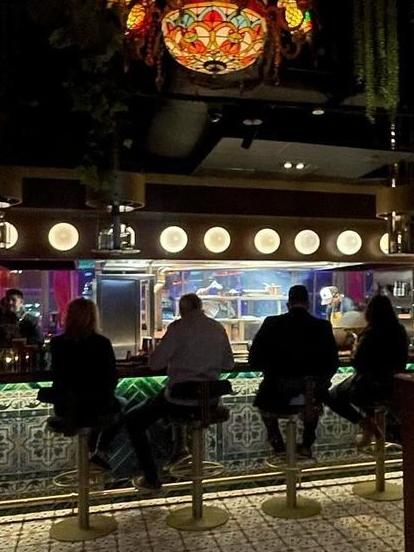
To wait in: Delta Sky Club LA.
My final little honourable mention to round out the article is just how blown away I was by the Delta Sky Club in LA.
Of all the airport lounges I have been in, none has impressed me more than this one.
Its expansive layout, ample seating and stunning panoramic views of the airport and city skyline are breathtaking.
And the incredible hot shower on deck is worth the money alone.
So if you find yourself with the chance to indulge, I truly recommend you do so. It makes waiting at the airport for your flight to board a mini vacation in itself.
More Coverage
Originally published as Live Aussie sport is ripping us off: The five key lessons learnt from a US sporting pilgrimage





